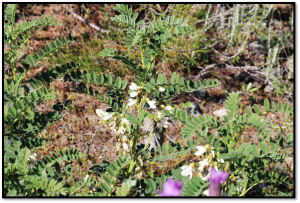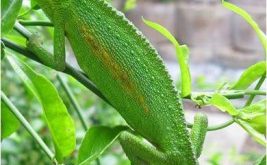
Scientific Name: Erophaca baetica ssp orientalis. (Chater & Meikle) Podlech
Common name: Piphanis – Arkokoucha
Family: LEGUMINOSAE
Description
Α common perennial plant with upright growth, up to 1 meter. It has hairy stems and hairy and composite leaves, which are alternated. It, also, has zygomorphic flowers in trusses with white or light cream color.
Flowering: February to April. Fruit: legume
Distribution – Toxicity
It responds to hillsides, mountainous and hilly areas, forest and phrygana from 300 to 1400 meters. Common plant in the Troodos Mountains.
All parts of the plant are toxic, especially the fruits and the seeds. They contain alkaloids which inhibit the metabolism of sugars and thus disrupt the normal functioning of the organism. Even the bees are affected. Moreover, it affects weakness, coma, weight loss and until death to animals.
Sources of text and picture:
Savvastryfonosplants.com

 Κυπριακό Κέντρο Περιβαλλοντικής Έρευνας & Εκπαίδευσης – Κυκπεε
Κυπριακό Κέντρο Περιβαλλοντικής Έρευνας & Εκπαίδευσης – Κυκπεε



